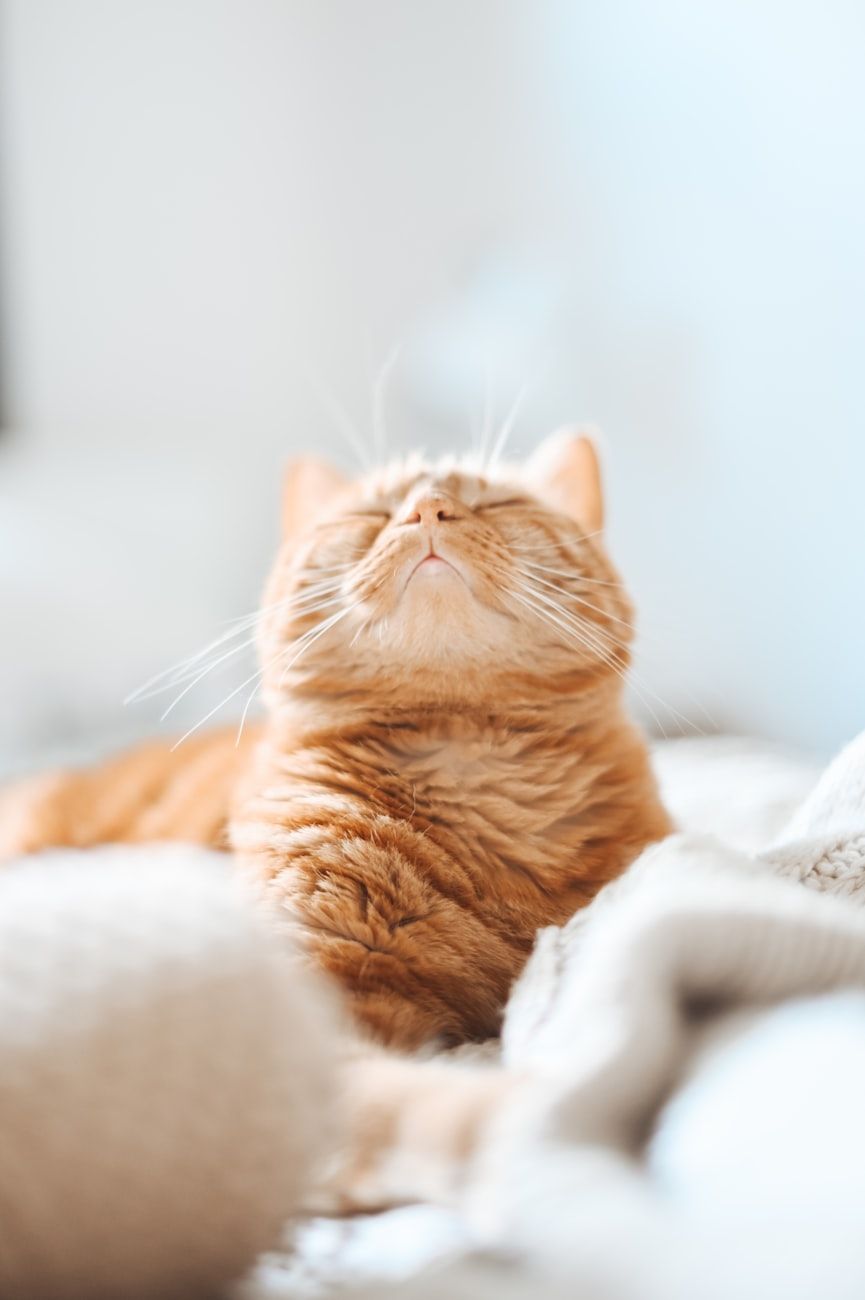
Cat Grooming at Home: Simple Steps for a Perfect Coat
Animals & PetsCat grooming is an essential part of keeping your feline friend healthy and happy. While professional groomers are available, grooming your cat at home can be a rewarding experience that strengthens the bond between you and your pet. With the right tools and techniques, you can easily maintain your cat's coat and overall hygiene. In this article, we will discuss simple steps for perfecting your cat's grooming routine.

Grooming Tools: Before getting started, ensure you have the necessary grooming tools on hand. These may include a cat brush, comb, nail clippers, cat-specific shampoo, towels, and grooming wipes. Having the right tools will make the grooming process much smoother for both you and your cat.
Brushing: Regular brushing is key to maintaining your cat's coat and minimizing shedding. Brush your cat gently in the direction of hair growth, paying extra attention to areas prone to matting such as behind the ears and under the armpits. Brushing also helps distribute natural oils, keeping the coat healthy and shiny.
Bathing: While cats are known for their self-grooming habits, an occasional bath can help keep their coat clean and reduce allergens. Use lukewarm water and a cat-specific shampoo to avoid stripping natural oils from the skin. Be sure to rinse thoroughly to prevent any residue that may cause skin irritation.
Nail Care: Trimming your cat's nails is important to prevent them from becoming too long and causing discomfort or potential injury. Use nail clippers designed for cats and be cautious not to cut the quick, which is a vein inside the nail. If you're unsure, consult your veterinarian or a professional groomer.
Eye and Ear Cleaning: Check your cat's eyes and ears regularly for any signs of discharge or irritation. Use a damp cloth to gently wipe away debris around the eyes, being careful not to touch the eyeball. For ear cleaning, use a vet-approved solution and cotton balls to gently clean the outer ear only.
Shedding Control: To help minimize shedding, consider adding a supplement to your cat's diet that supports coat health. Regular grooming and a balanced diet can also help reduce excessive shedding. If shedding is a persistent issue, consult your veterinarian to rule out any underlying health concerns.
Hygiene: In addition to grooming, maintaining your cat's overall hygiene is crucial. Keep their litter box clean, provide fresh water daily, and ensure they have a comfortable and safe environment. A healthy and clean living space will contribute to your cat's overall well-being.
With these simple steps and a consistent grooming routine, you can provide your cat with the care and attention they need to look and feel their best. Remember to be patient and gentle during grooming sessions, as building trust with your cat is key to a successful grooming experience. Enjoy the bonding time spent caring for your beloved feline companion!
Whether you are a seasoned cat owner or new to cat grooming, these tips can help you maintain your cat's coat and overall well-being in the comfort of your own home. By investing time and effort into regular grooming, you can ensure that your cat stays healthy, happy, and looking their best.

Relevant posts

Animals & Pets
How to Tell Your Dog Loves You: Understanding Your Pet’s Body Language
Have you ever wondered how your furry friend feels about you? Dogs have a unique way of expressing their emotions and building a strong bond with their human companions. Understanding your pet's body language is key to recognising the signs of affection and love. Here are some insights into how to tell if your dog loves you: 1. Tail Wagging: One of the most well-known signs of a happy dog is when they wag their tail. A wagging tail doesn't always mean a dog is happy, but when accompanied by r...

Animals & Pets
How to Tell Your Dog Loves You: Understanding Your Pet’s Body Language
Have you ever wondered how your furry friend feels about you? Dogs have a unique way of expressing their emotions and building a strong bond with their human companions. Understanding your pet's body language is key to recognising the signs of affection and love. Here are some insights into how to tell if your dog loves you: 1. Tail Wagging: One of the most well-known signs of a happy dog is when they wag their tail. A wagging tail doesn't always mean a dog is happy, but when accompanied by r...

Animals & Pets
The Secret Lives of Urban Foxes: How They Adapt to City Life
Urban foxes have long fascinated wildlife enthusiasts and city dwellers alike with their ability to thrive in urban environments. As cities continue to expand and encroach upon natural habitats, these clever creatures have adapted to city life in remarkable ways.City wildlife is a common sight in urban areas, and urban foxes are a prime example of animals that have successfully adjusted to living alongside humans. Their ability to adapt to changing environments is a testament to their resilience...

Animals & Pets
How to Choose the Right Pet Bird: From Parrots to Canaries
Are you considering adding a feathered friend to your family? If so, choosing the right pet bird is an important decision. From the talkative parrots to the melodious canaries, there are various options to consider based on your preferences and experience level. In this guide, we will walk you through the factors to consider when selecting a pet bird, whether you are a beginner or experienced bird owner.Types of Pet BirdsWhen it comes to pet birds, parrots and canaries are two popular choices. P...